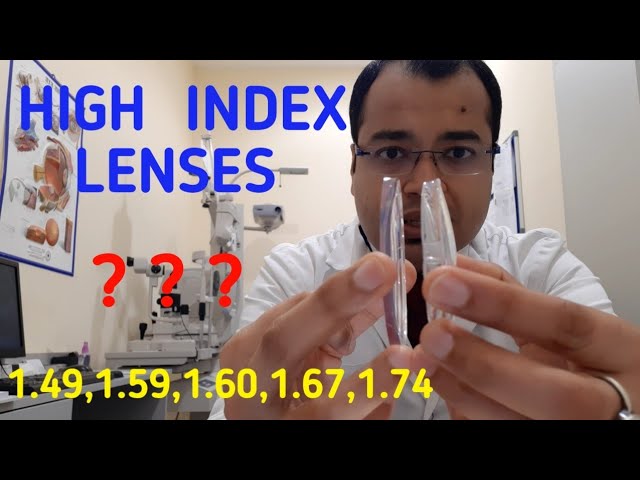Revitalize Your Vision: Everything You Need to Know About Lens Replacement
The eyes are often called the windows to the soul, and for good reason. Our vision allows us to experience the world around us, from the tiniest details to the most breathtaking vistas. However, as we age, our vision may begin to deteriorate, making it difficult to enjoy our surroundings as we once did. Fortunately, advances in optical technology have made it possible to restore our vision through a procedure known as lens replacement.
Lens replacement, also called refractive lens exchange, is a surgical procedure in which the natural lens of the eye is replaced with an artificial lens. This can improve vision and reduce the need for glasses or contact lenses. The procedure is commonly used to treat cataracts, a condition in which the lens of the eye becomes cloudy and affects vision.
Types of Lens Replacement
There are two main types of lens replacement procedures: standard and premium. Standard lens replacement involves replacing the clouded lens with a monofocal lens, which can provide clear vision at one distance, usually for distance vision. This means that you may still need reading glasses or bifocals for close-up tasks.
Premium lens replacement, on the other hand, uses advanced technology to replace the natural lens with a multifocal or accommodating lens. These lenses can provide clear vision at different distances, reducing or eliminating the need for glasses after surgery.
The Procedure
The lens replacement procedure is typically performed on an outpatient basis and takes about 15-30 minutes per eye. Before the procedure, the eye will be numbed with eye drops, and you may be given a sedative to help you relax. The surgeon will make a small incision in the eye and remove the natural lens. The artificial lens is then inserted through the same incision and secured in place.
Risks and Complications
As with any surgical procedure, there are risks and complications associated with lens replacement. These may include infection, bleeding, swelling, and changes in vision. It is important to talk to your doctor about your individual risks before undergoing the procedure.
Recovery and Results
After the procedure, you may experience blurred vision and sensitivity to light for a few days. Your doctor will provide you with specific instructions on how to care for your eyes and manage any discomfort. Most patients can return to normal activities within a week or two after surgery.
The results of lens replacement can be life-changing for many people. Improved vision can lead to greater independence and a better quality of life. However, it is important to remember that results can vary depending on individual factors, and some patients may still need glasses for certain activities.
Conclusion
Lens replacement can be a highly effective solution for those experiencing vision problems due to cataracts or other conditions. With advances in technology, premium lens replacement can provide clear vision at multiple distances, reducing or eliminating the need for glasses. As with any medical procedure, it is important to discuss your options and individual risks with your doctor.
Most wanted in Hoya Vision:
What are prism eyeglass lenses?
Hoya Lens Engravings
What brand lenses does Costco use?
Do tinted glasses help with migraines?
What does +0.25 mean on an eye test?
Hoya Identification Chart
Should eyeglasses cover eyebrows?
Does hyperopia worsen with age?
What LED light is best for broken capillaries?
What is the difference between Ray Ban RB and Rx?
















